Introduction

Dried scallops, often referred to as “瑶柱” in Chinese cuisine, are a premium ingredient cherished for their rich, umami-laden flavor and texture. These treasures of the sea, derived from the dried adductor muscles of certain species of large sea clams, are a staple in many sophisticated dishes across East Asia. From soups and stir-fries to rice and noodles, dried scallops elevate the simplest of meals to culinary masterpieces. However, to fully harness their flavor potential, proper soaking and preparation are paramount. This article delves into the essential considerations for soaking dried scallops, ensuring that your culinary endeavors yield the most exquisite results.
Understanding Dried Scallops
Before diving into the soaking process, it’s crucial to understand the nature of dried scallops. They are meticulously dried to preserve their flavor and texture while facilitating long-term storage. This drying process浓缩了their natural juices, intensifying their taste profile. Consequently, rehydrating them correctly is essential to restore their moisture content and unlock their full aroma and texture.
Quality Matters: Choosing the Right Dried Scallops****
The first step in preparing dried scallops begins with selecting high-quality ones. Look for scallops that are golden brown in color, with a slightly shiny appearance. Avoid those that are overly dark or have a dull surface, as they may indicate poor quality or improper storage. The scent should be mild and slightly fishy, without any strong, unpleasant odors. Additionally, larger scallops generally offer more meat and a richer flavor, but personal preference and intended use should also guide your choice.
Preparation Tools and Ingredients****
Before starting the soaking process, gather the necessary tools and ingredients. You will need a large bowl or container for soaking, a strainer or sieve for draining, and fresh, clean water. Some chefs recommend using cold water for soaking, while others prefer warm water to expedite the process. However, hot water should be avoided as it can cause the scallops to cook unevenly and lose their delicate texture.
Optionally, you may also want to have a small bowl of rice wine or Shaoxing wine ready. Soaking dried scallops in a mixture of water and a splash of wine can enhance their flavor, drawing out even more umami.
Soaking Techniques: Time and Temperature****
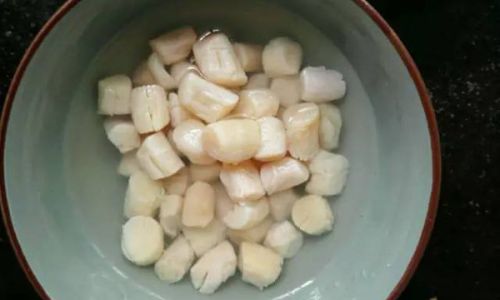
The soaking process varies depending on the size and age of the scallops, as well as personal preference. Here are two common methods:
-
Cold Water Soaking: Place the dried scallops in a bowl of cold water and let them soak for at least 4-6 hours, or overnight for larger pieces. This method is slower but helps maintain the scallops’ texture and flavor more evenly.
-
Warm Water Soaking: For a quicker option, use lukewarm water (not hot) and soak for about 2-3 hours. Keep an eye on the scallops to ensure they don’t over-soak and become mushy.
Regardless of the method chosen, it’s important to change the soaking water at least once during the process. This helps remove any impurities or excess salt that may have accumulated during the drying process.
Cleaning and Trimming****
Once the scallops have soaked to your desired level of softness, drain them using a strainer. At this point, you may notice a thin, translucent layer on the surface, known as the “silver skin.” While some cooks prefer to leave it on for added texture, many find it best to remove it for a cleaner taste and appearance. Gently peel off the skin with your fingers or a small knife, taking care not to tear the scallop meat.
Inspect the scallops for any remaining sand or grit, which can sometimes be trapped inside the crevices. Rinse them gently under cold running water if necessary, but be cautious not to wash away too much of their flavorful juices.
Rehydration and Flavor Extraction****
After cleaning, you may choose to further rehydrate the scallops by steaming them lightly for a few minutes. This step is optional but can help them retain their shape and texture during cooking. Alternatively, soaking them in a flavorful broth or liquid used in the final dish can infuse them with additional depth of flavor.
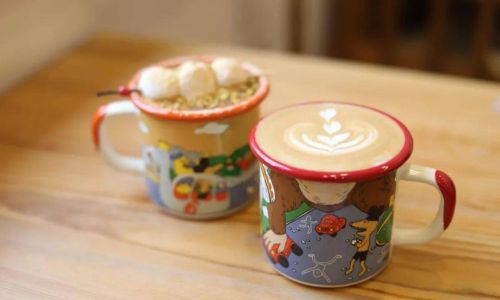
For maximum flavor extraction, consider simmering the soaked scallops in a small amount of water or broth for about 10-15 minutes. This creates a rich, umami-laden stock that can be used as a base for soups, sauces, or gravies.
Storage Considerations****
If you’re not using the soaked scallops immediately, store them in an airtight container in the refrigerator. They can be kept for a few days, but it’s best to use them as soon as possible to retain their freshness and flavor.
Creative Cooking with Dried Scallops****
Now that your dried scallops are perfectly soaked and ready, the culinary possibilities are endless. Incorporate them into classic dishes like scallop porridge, stir-fries with vegetables, or as a garnish for noodles. Their versatility allows them to be a highlight in both traditional and modern recipes, adding a sophisticated touch to any meal.
Conclusion
Soaking and preparing dried scallops may seem like a simple task, but the attention to detail can make a world of difference in your cooking. By following these essential considerations—choosing high-quality scallops, using the right soaking techniques, cleaning and trimming properly, and extracting maximum flavor—you can unlock the full potential of these culinary gems. Whether you’re a seasoned chef or an enthusiastic home cook, mastering the art of preparing dried scallops will elevate your dishes to new heights of flavor and sophistication. Happy cooking!
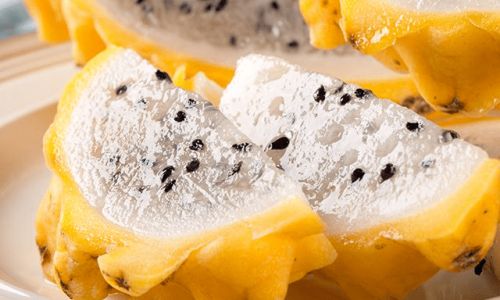
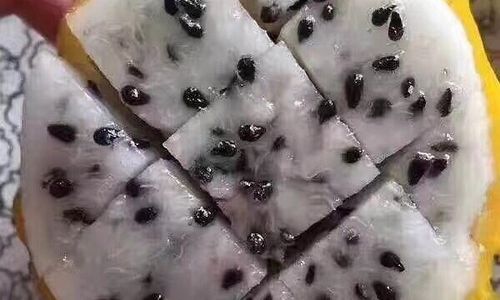

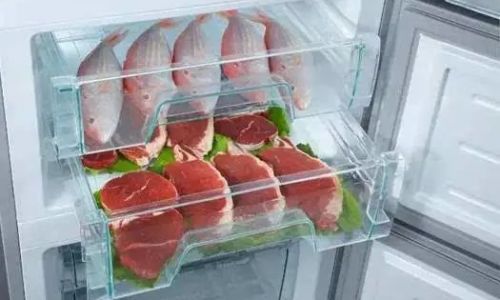

0 comments